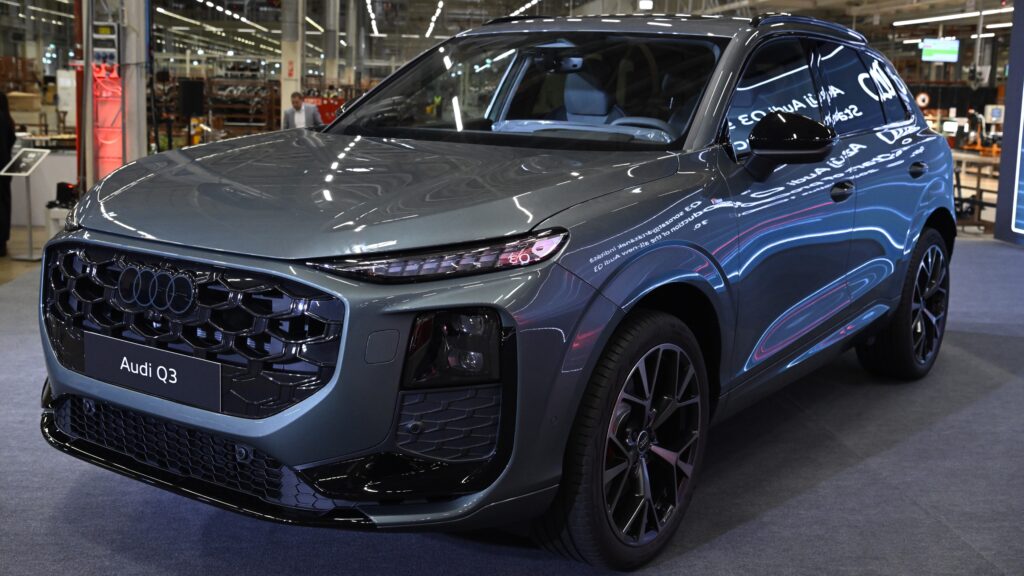One of the virtues of free market economies is their ability to produce long-term economic growth. Over the last couple of decades living standards have increased significantly, not only in the developed world, but in emerging markets as well. Just in China there are now 745 million fewer people living in extreme poverty than 30 years ago[1]. In 2015 only 10 per cent of the world’s population lived in extreme poverty, while back in 1990 this figure was 36 per cent[2]. The world is undoubtedly becoming a better, cleaner, and brighter place with the reduction of poverty. The ability to grow in the long term is an essential characteristic of free markets, which needs to be recognised positively.
The remarkable growth achievement of free markets was not matched by Soviet-style planned economies. While in the early period of Soviet history the large-scale industrialisation of the Eastern Block seemed a remarkable achievement, in the long run, the state-socialist world was left behind economically. Eventually, the economic deprivation of the block turned out to be an important cause of its disintegration. Using a basic economic model, it can be argued that Soviet-type planned economies are unable to produce long term economic growth and therefore, regimes under command economies will always end up economically lagging behind free markets.
The Solow exogenous growth model explains the long term economic growth that occurred in free markets with technological development. On simple terms, the model says that economic growth depends on labour and capital inputs as well as on the state of technology. In the short run, more efficient allocation of labour and capital, as well as the increase in either of these inputs can lead to growth. However, the increase in capital and labour can lead to growth only on a diminishing rate. So, to maintain long-term economic growth, there is a need to increase the state of technology, that is, to produce more outputs with the same level of inputs.
Demonstrating it through an example, the more people (labour input) work on replicating a book with the more pens (capital input) the faster the production is. In the short run, productivity can be enhanced just by adding more labour and /or capital input to the equation. However, just the increasing of inputs will not bring revolutionary rise in productivity. On the other hand, if the pen (one capital input) is exchanged to a typewriter (one capital input) by the virtue of technological progress a great leap can happen in productivity (i.e., the same book can be replicated much faster with a typewriter than with a pen). If the improvement in technology is maintained in the long run, economic growth is also sustained in the long run. That is to say, the key component in long run economic growth is innovation induced technological progress.
The initial boost which characterised the Soviet model in the 1920s was due to the increase of labour and capital inputs in the industry
Reading the economic history of the Soviet Union, and generally planned economies using the Solow model explains why they could not sustain economic growth in the long run. The initial boost which characterised the Soviet model in the 1920s was due to the increase of labour and capital inputs in the industry. By collectivising the agriculture, masses of peasants moved to the cities and became factory workers. As the model predicts, with more people, more can be produced in the industry – hence the sudden growth. After the Second World War, which left the USSR in ruins, again, it was not difficult to rebuild and achieve growth. Although cracks in the system started to be apparent in the 1970s, the rise in oil prices, which boosted the USSR’s revenues, delayed its economic collapse.
In the long run Soviet-style planned economies were not able to grow because they had completely wiped-out innovation from their systems (which is a prerequisite to long-term growth according to the Solow model). János Kornai in his 2010 paper argues that no revolutionary innovation could come out the Soviet economy[3]. Only strategic industries (like the military and space exploration) produced innovation in the USSR, but these are not capable to drag the economy forward. For long term economic growth, incremental improvements are needed in consumption goods, which the USSR completely lacked—from video casette recording to credit cards and ATMs—all economically significant innovations originated in the Western world, mostly in the USA. The USSR was not only incapable to innovate but it was also slow to adopt innovative technologies, which further worsened its economic outlook.
After recognising that the USSR produced no significant innovation, Kornai moves on the explain why it was the case. He discusses five main reasons. First, planned economies are highly bureaucratic and centralised. Each and every change in production must be consulted with higher levels of the hierarchy, which makes progress slow and uneasy. Secondly, the rewards of innovation are incredibly low. While in free markets entrepreneurs are attracted by the wealth their creative ideas can result in, under planned economies, however, entrepreneurs face only bureaucratic constraints and no significant financial rewards. The most they can get is a bonus, which is worth one or two months of their salaries. Third, the opportunity to experiment with new products is very limited. In free markets a lot of unsuccessful new products are tried out – this is a necessary component of innovation. This level of risk taking is barely possible under planned economies. Fourth, the lack of competition – since under planned economies everything is produced by the state, there are no competing goods. Since producers face absolutely no rivalry, they have little incentives to improve their products, which again, disables innovation. Finally, there is not a developed banking system in planned economies, so getting funding to produce new, innovative products is practically impossible. In short, the structure of planned economies made it impossible to innovate, therefore, to maintain long term growth. It resulted in the impoverishment of the Eastern Block, leading to its demise.
While some disappointment with capitalism—just like with any system—is completely understandable, the virtues of capitalism must be acknowledged. No other economic system has produced comparable long term economic growth. Knowing economic history, and the past of the post-communist world would help to recognise the intrinsic values of free markets.
[1] Jack Goodman, ‘Has China lifted 100 million people out of poverty?’, BBC Reality Check, 2021, https://www.bbc.com/news/56213271, accessed 19 Jan. 2022.
[2] ‘Decline of Global Extreme Poverty Continues but Has Slowed’, World Bank, 2018, https://www.worldbank.org/en/news/press-release/2018/09/19/decline-of-global-extreme-poverty-continues-but-has-slowed-world-bank, accessed 19 Jan. 2022.
[3] János Kornai, ‘Innovation and dynamism Interaction between systems and technical progress’, Economics of Transition (Volume 18(4), 2010) 629–670.








